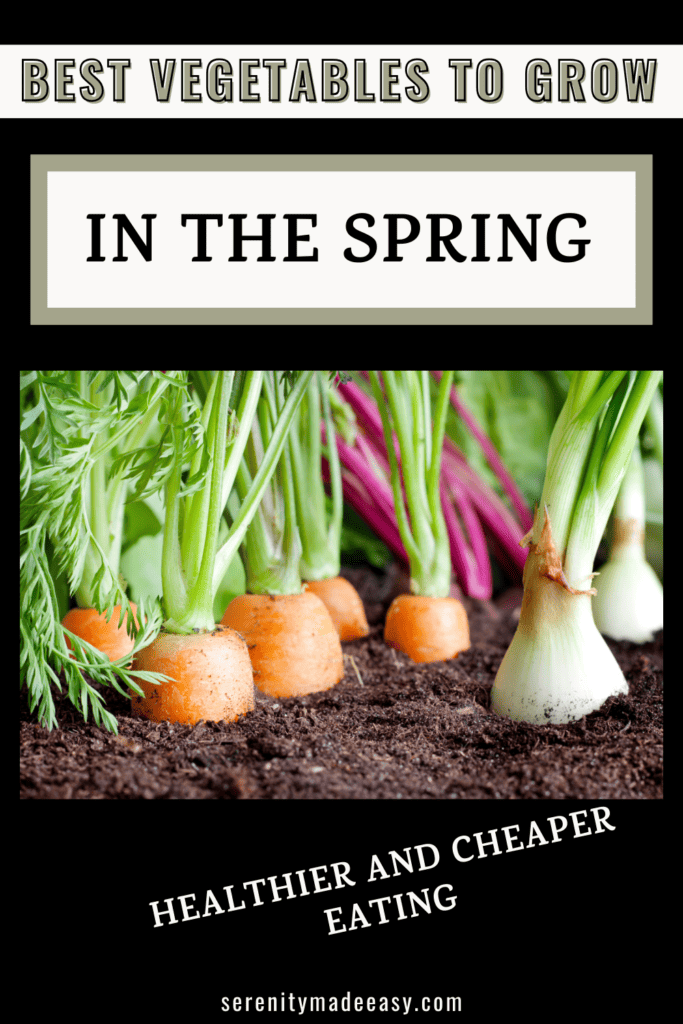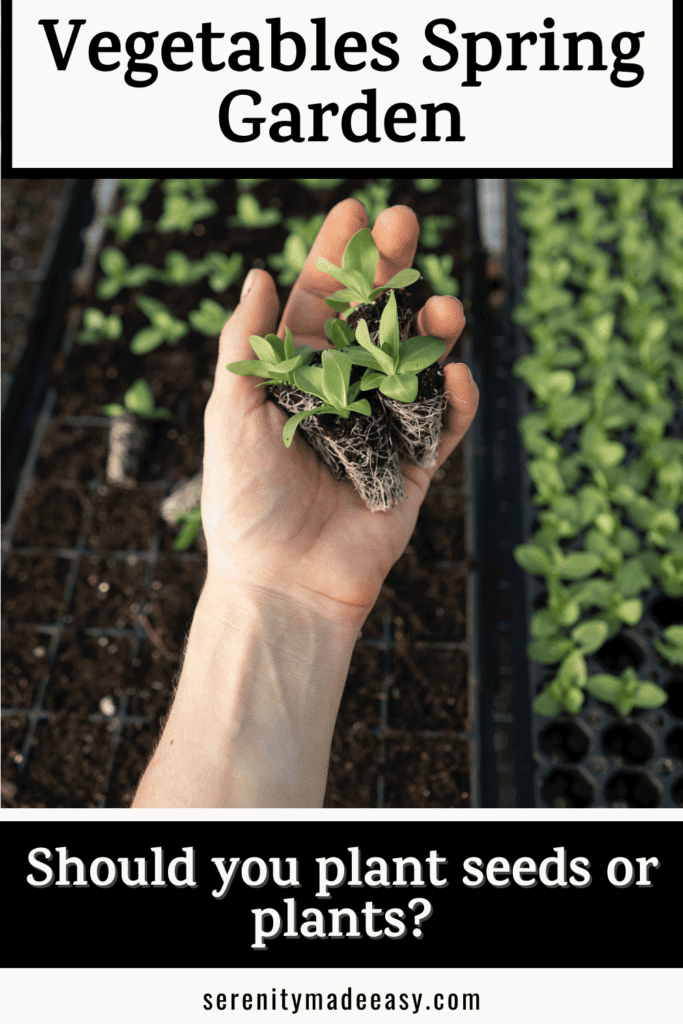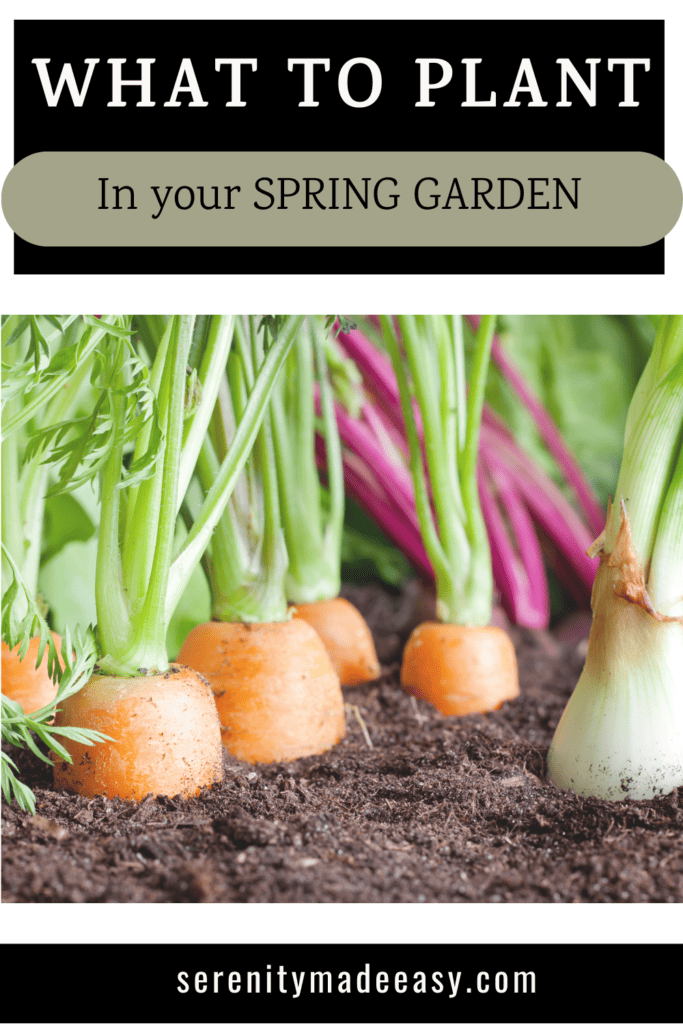This post may contain affiliate links. If you click one and make a purchase, I earn a small commission at no extra cost to you. It helps support the site so I can continue to offer great content to you!
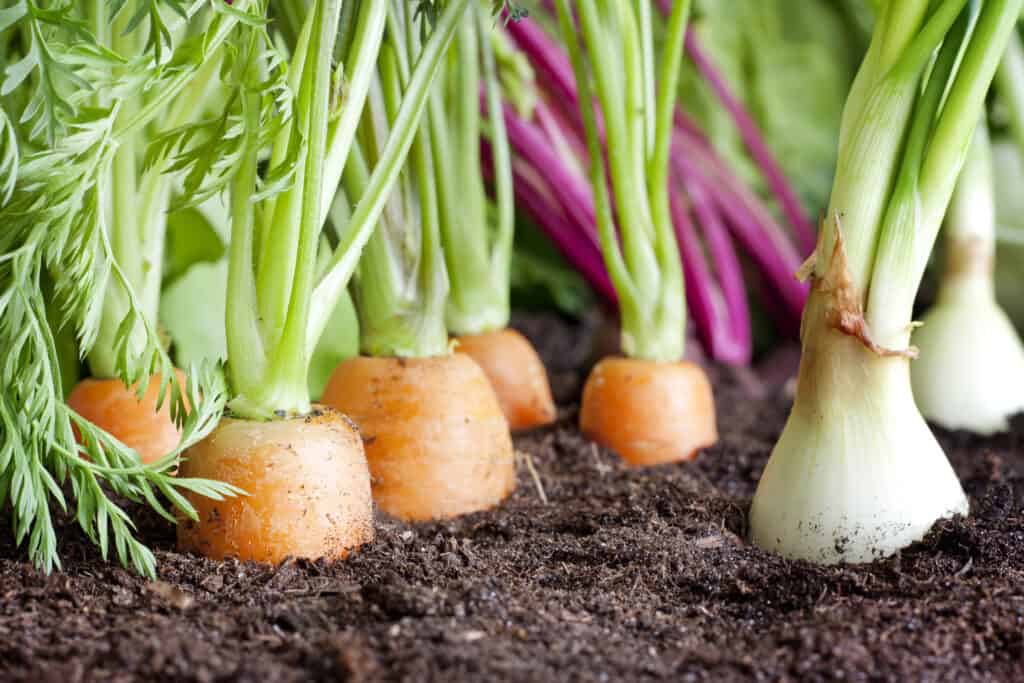
I have been cultivating a garden on and off for the past 18 years. I absolutely adore the idea of having fresh produce that I’ve personally grown. In an ideal world, I would have a large greenhouse to grow tons of fruits and vegetables, but for now, I’ll have to make do with my small garden. In this article, let me take you through my planning and preparation for my 2024 garden. We’ll go over the best vegetables to grow in Spring and the steps to take in getting ready for the gardening season.
The best time to start your Spring garden
From a calendar perspective, the best time to start your Spring garden varies.
If you are only planting seeds, you will want to wait until the ground is thawed but dry enough to be worked. If you can form a ball with the soil, it is still too wet. You should wait longer before doing any planting.
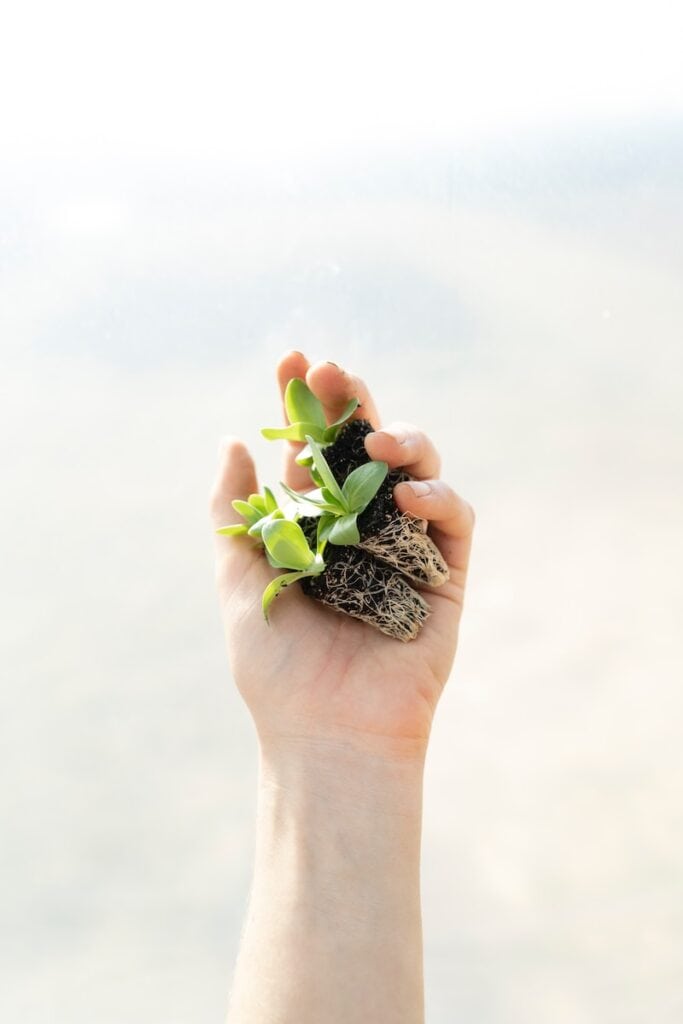
Seedlings that you start inside your home and later transplant into your garden should be started approximately 6 weeks before the last frost in your area (for cold-tolerant plants).
I live in Indiana where the latest average frost date is around April 19th. If you live in the United States, you can use this helpful map to find the last Spring freeze date for your county.
What should you plant as seeds vs transplants?
It is best to grow some vegetables directly from seeds while others should be first grown inside before being moved to the garden.
There are many considerations when deciding on seeds or transplants.
First, the price! Seeds are much cheaper than transplants that you buy from your local gardening center.
The second consideration is the growing time. The time to harvest will be longer if you choose to plant your vegetables from seeds in the garden.
Lastly, the type of vegetable matter. Some veggies just do not like to be transplanted and it’s better to plant them as seed and show a little patience.
The table below shows recommendations regarding the best vegetables to grow in the Spring from seeds and transplants.
| SEEDS | TRANSPLANTS |
| Arugula | Beets |
| Beans | Broccoli |
| Carrots | Brussel Sprouts |
| Corn | Cabbage |
| Garlic | Cauliflower |
| Kale | Celery |
| Lettuce | Eggplant |
| Peas | Herbs |
| Potatoes | Pepper |
| Spinach | |
| Turnips |
| SEEDS OR TRANSPLANTS |
| Cucumber |
| Squash |
| Zucchini |
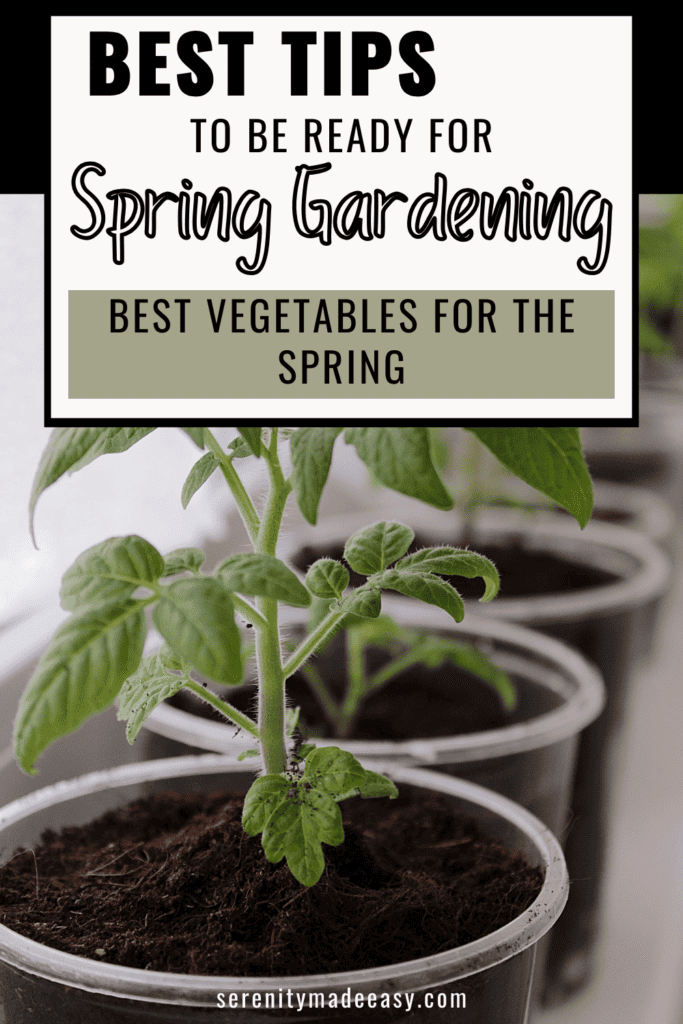
When to plant the best vegetables to grow in Spring?
Some plants and vegetables are much more cold-tolerant (even frost-tolerant) than others. It’s crucial to know this information so that you don’t waste time and money sowing or translating your produce too early.
Cold-tolerant plants
- Arugula
- Beets
- Brussel Sprouts
- Carrots
- Cauliflower
- Celeri
- Green Onion
- Kale
- Lettuce
- Parsnip
- Peas
- Radishes
- Spinach
- Turnip
These crops can be planted during frosty weather as they can withstand low temperatures of 28-32 F. Remember that your garden’s soil must be ready to be worked before you can actually sow or transplant into it. Check out the average temperatures in your county for various weeks in early Spring to determine the right time to plant these.
Some seeds can also be planted in the Fall and will start sprouting and growing when the temperature is right in early Spring.
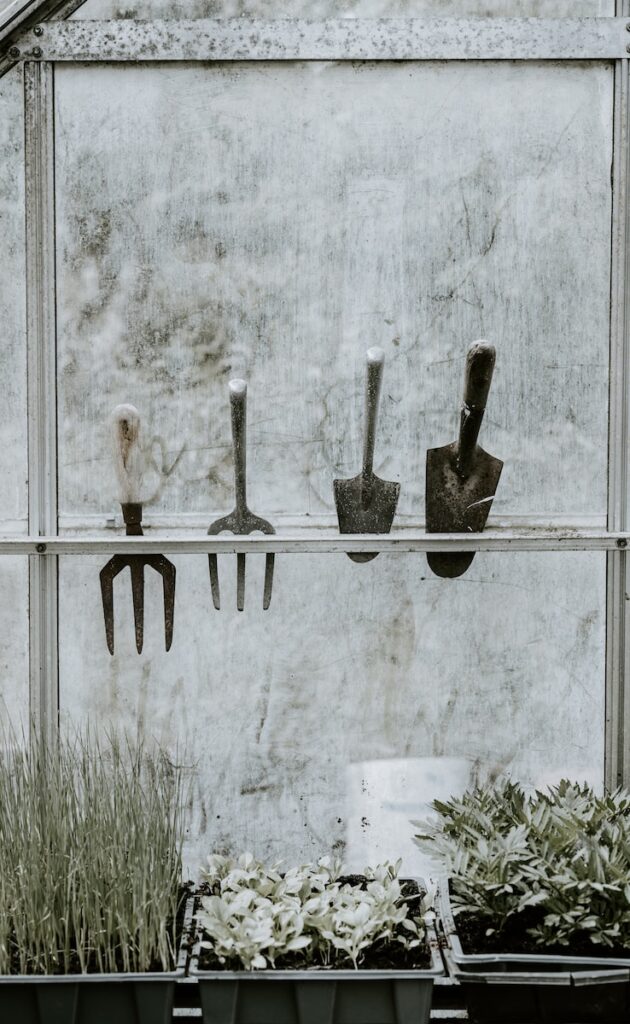
How to start your own transplants?
Alternatively, you can start some transplants indoors about 6 weeks before the last frost date in your area.
What do you need
- Variety of sizes of containers (ex. recycled yogurt cups, egg cartons, pots, plug trays)
- Indoor potting soil
- Labels (you can use popsicle sticks)
- Fine sprinkling watering can
- Humidity dome or plastic wrap
- Your choice of seeds
- Optional: Full Spectrum grow light
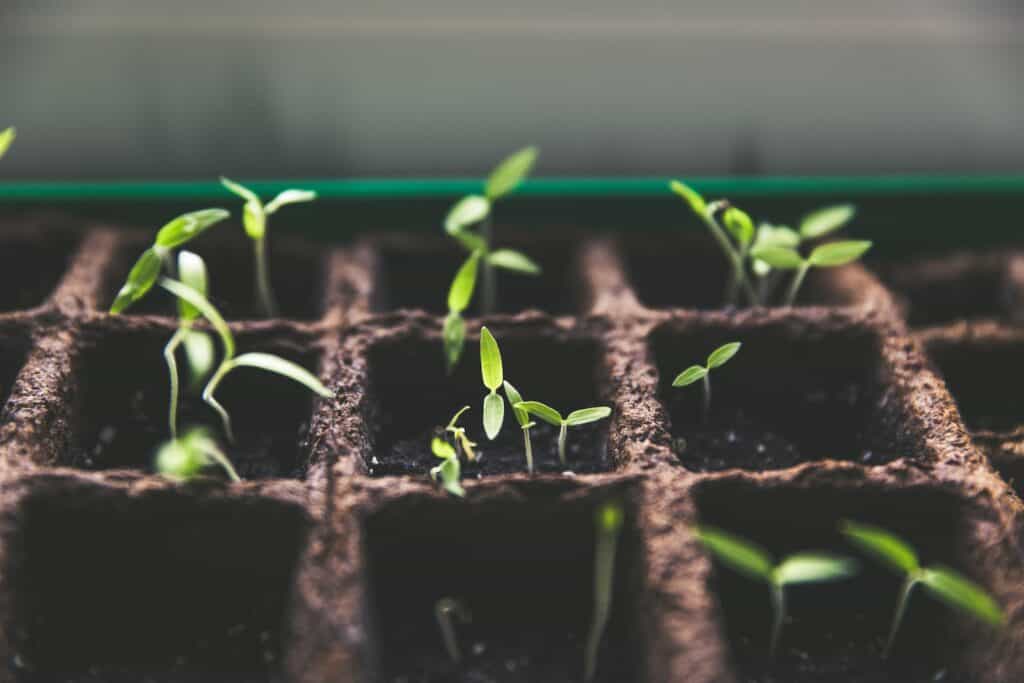
Steps to follow
- Fill smallest size containers with soil and tamp it down
- Poke holes with your finger or eraser end of a pencil to the dept recommended on the package
- Cover with soil and tamp it down
- Use your fine sprinkling watering can and water abundantly. Let the soil absorb the excess and water again. It is really hard to over-water at this point.
- Label your sowings
- Cover them with a dome or a plastic cover to create the perfect humidity.
- water regularly
Then what?
- Once half the seedlings have sprouted, you can remove the humidity dome.
- Place under the light or in a well-lit area. They will need ideally about 16 hours of lighting each day.
- When the seedlings have 2 leaves, transplant them into a larger container.
- When you are about 7-10 days away from translating, start exposing the seedlings to outdoor conditions by sitting them in a shaded and wind-protected area for an hour or so each day. You can increase the length of time as you get closer to the transplant.
- Transplant them on a calm and not too sunny day.
It’s important to realize that you will likely experience some losses during this process. It’s a good idea to start a few extra transplants than what you actually need.
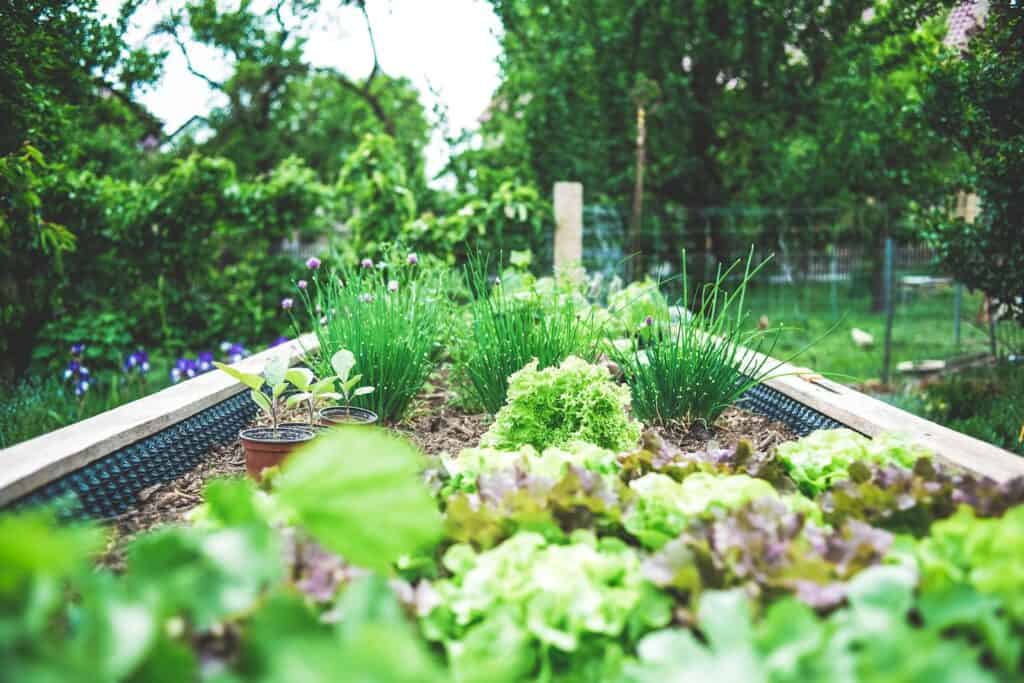
In conclusion
Gardening is an enjoyable hobby that allows you to spend time outdoors, get some exercise, and produce healthy fruits and vegetables to feed your family. You don’t need to be an expert to start gardening, just have some fun with it. This article aims to motivate you to try something new and provide you with basic knowledge about the process and which are the best vegetables to grow in Spring.
Happy gardening!
Cat xx
